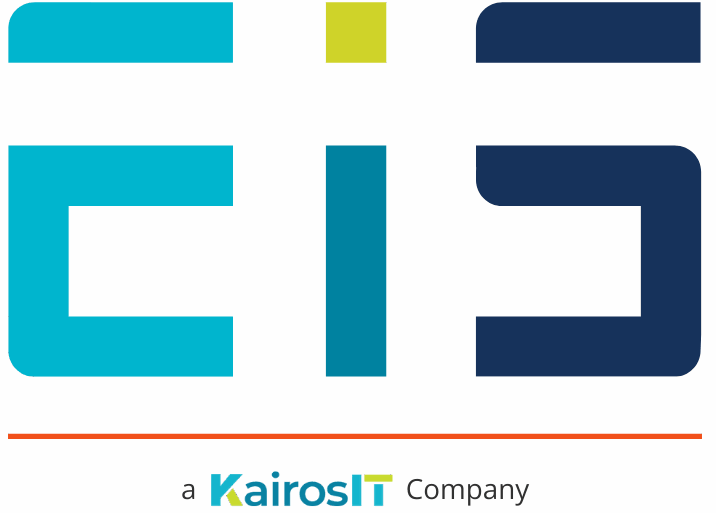
A recent survey has confirmed that phishing attacks continue to be the greatest cybersecurity threat to businesses and the easiest for hackers to create. Phishing attacks are at the top of the naughty list year after year.
What Is Phishing?
Phishing is where you receive an email that looks to be from someone you may know when it’s not actually that person. For example, they might pretend to be your bank.
When you click the link provided in the email, it redirects you to a page that looks very similar to your bank’s login page.
However, it’s not your bank and it’s designed to steal your information. The criminals are hoping that you’ll fill in your real login details so that they have easy access to your bank accounts.
Other threats from phishing emails can include fake PDFs – with names such as “invoice.” Often, clicking these allows the hacker to install malicious software, known as malware, on your computer.
Cybersecurity Statistics Don’t Lie
A specialist cybersecurity news website called Dark Reading compiles a Strategic Security Survey every year.
In the 2021 survey, 53% of businesses that reported a breach this year said it happened primarily because of a phishing attack.
41% blamed malware for playing a part in their breach. 17% experienced something called a denial-of-service attack. This is where hackers send a flood of traffic to a network or website, hoping to overwhelm it and force it to shut down.
What’s important to remember is that none of these attacks were specifically targeted at the victim businesses. Everyday hackers email thousands of people, waiting to see who opens and clicks on the emails.
That’s why the primary protection against phishing is training your people well. Software can help to protect your business, but not as much as training can.
How To Protect Yourself Against Phishing and other Cybersecurity Hackers’ Attacks
There is a wide variety of ways to implement training in an organization. You can institute Security Awareness Training to help train and test your staff members. We typically recommend that organizations enact a yearly cybersecurity training program with quarterly phishing tests. These tests are designed to train your staff to guard against common email threats that we see out in the wild.
Another way to give your employees the best possible chance to succeed is to have a reliable IT consulting company available to take requests from your staff on whether an email is safe to open. We receive hundreds of requests from staff who aren’t sure if an email is legitimate. While we give the green light on some of these requests, there are many that wouldn’t have been safe to open.
Threat protection is important, and cybersecurity is just as much, if not more, important than all the security protocols, software, and solutions you can implement.
Keep your eye out for these other threats …
There are many avenues that cybersecurity hackers can take to infiltrate your company. They include malware that is installed on workstations through software that may look legitimate. Malware can be anything from a keylogger on your computer to something pulling passwords and data.
Ransomware, which can be installed through email attachments, and unknown websites that your staff may visit will lock down all of your network’s data and computers until you either pay the ransom or restore from a backup.
Why Should You Care About IT Security?
Let’s face it. You don’t care about IT security … You care about what happens if you don’t have IT security.
IT security is a balancing act. It’s a delicate process of finding what works well for your staff and keeps you secured. The most secure computer is one that is turned off, and the least secure one is open to the internet. Somewhere between those 2 extremes is a sweet spot designed just for your business.
You don’t want your hard-earned money and data to end up in some bank account overseas. You work hard for that. You also work hard for your clients’ trust, and nothing can degrade that trust more than losing their data or funds.
Get Protected With Cybersecurity Services From EIS
If you’re wondering how to implement all of this, you’ll want to coordinate with your current IT provider. If you don’t have one or aren’t happy with your current provider, please give us a call or schedule a consultation!
